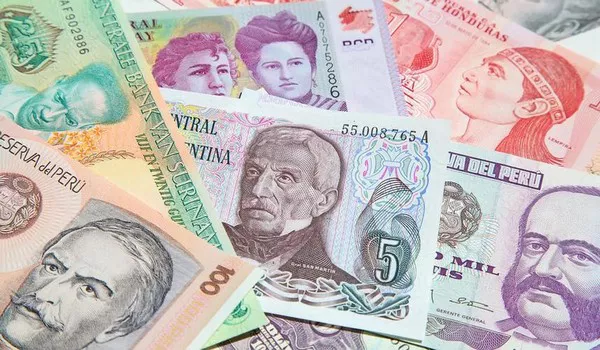EUR/USD remains steady above its two-week low of 1.0825 during Friday’s European session. The major currency pair is trading within a narrow range as market participants await the release of the US core Personal Consumption Expenditures (PCE) price index data for June, scheduled for 12:30 GMT.
Economists forecast a decrease in underlying inflation to 2.5% year-over-year for June, down from 2.6% previously, with a modest monthly increase of 0.1%. This inflation report is expected to play a crucial role in shaping market expectations for potential Federal Reserve (Fed) rate cuts later this year. Current market sentiment anticipates a high probability of interest rate cuts in September. Softer-than-expected inflation figures could reinforce these expectations, while stronger figures might diminish them.
In contrast, the US Dollar has shown subdued performance as investors remain cautious, knowing that the inflation data will significantly influence the Fed’s monetary policy decision set for Wednesday. The Fed is anticipated to keep its key borrowing rates unchanged at 5.25%-5.50% during the July 31 meeting.
Market Update: EUR/USD Remains Range-Bound Amid Eurozone Economic Concerns
EUR/USD is maintaining its key support level at 1.0825, despite ongoing uncertainties regarding the Euro’s outlook. The Eurozone’s economic outlook has been negatively impacted, notably with Germany facing significant challenges. The Flash German Hamburg Commercial Bank (HCOB) Composite Purchasing Managers Index (PMI) for July revealed a contraction, with the index falling to 48.7 from 50.4 previously.
Dr. Cyrus de la Rubia, Chief Economist at HCOB, commented on the data: “Germany’s economy has entered contraction territory, primarily due to a sharp decline in manufacturing output. The expectation that this sector might benefit from an improved global economic climate is fading. With the composite PMI below 50, our GDP Nowcast suggests a 0.4% contraction in economic output for the third quarter compared to the second. Although it is early, the second half of the year is starting on a weak note.”
Adding to the Euro’s pressure, expectations of further rate cuts by the European Central Bank (ECB) have emerged. Some ECB policymakers are advocating for two additional rate cuts, driven by the belief that inflation will sustainably return to the 2% target by 2025 and that such measures are necessary for economic recovery. Additionally, German Finance Minister Christian Lindner’s announcement of 30 billion euros in tax relief for businesses and households underscores concerns about the weak demand environment.
Looking ahead, the preliminary Eurozone Harmonized Index of Consumer Prices (HICP) data for July, set to be released next week, will be a significant factor for the Euro. This inflation data will offer fresh insights into when the ECB might implement further rate cuts. Currently, traders expect the ECB to resume its policy-easing cycle in September.
Technical Analysis: EUR/USD Stabilizes Above Key Support
EUR/USD is trading within Thursday’s range as it awaits the US core PCE inflation data. The currency pair continues to fluctuate within a Symmetrical Triangle pattern on the daily chart after failing to maintain a breakout. The pair remains below the 20-day Exponential Moving Average (EMA) at approximately 1.0840 and may test further support levels around 1.0800 and 1.0700.
The 14-day Relative Strength Index (RSI) is within the 40.00-60.00 range, indicating that bullish momentum has diminished. On the upside, the key resistance level at 1.0900 will be crucial for Euro bulls to overcome.
Related Topics:




























